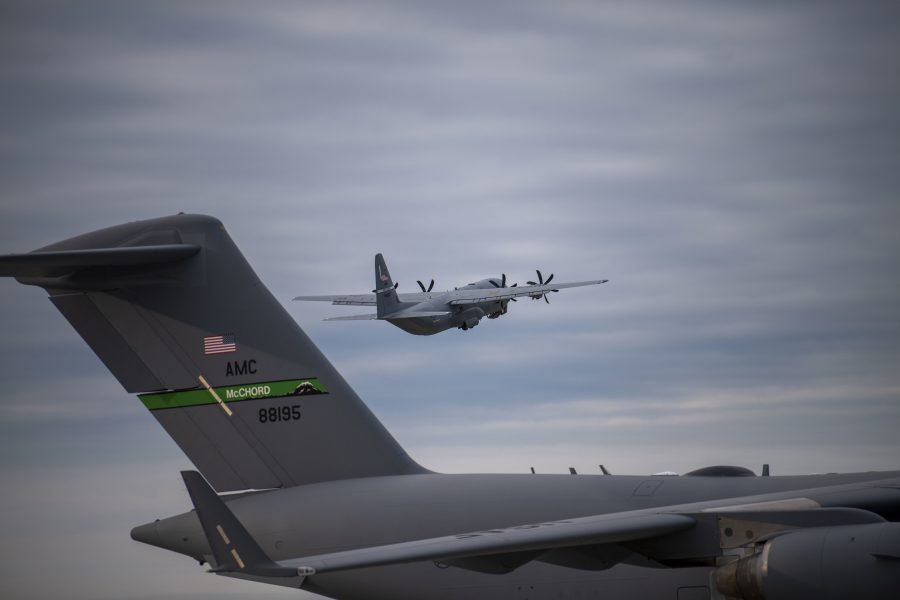The U.S. and its allies kicked off a massive air exercise, Mobility Guardian, on July 5 in the Indo-Pacific region. Run by Air Mobility Command, the highly anticipated exercise has been billed as one of the most critical Air Force drills of the year, with 3,000 personnel directly supporting the exercise and 70 aircraft participating. As the Department of Defense shifts its focus to the Indo-Pacific, logistics will be key to enabling the U.S. military to be ready to fight thousands of miles away from the continental U.S.
“This year’s MG23 reflects an evolution from the exercise’s previous three U.S.-based iterations and aims to understand and overcome distance to deliver the mobilization, deployment, and sustainment functions that the Joint Force, allies, and partners depend on to respond to challenges worldwide,” AMC said in a news release.
Participating allies include Australia, Canada, France, Japan, New Zealand, and the United Kingdom in a training event that spans 3,000 miles and runs non-stop until July 21.
The exercise “will turn planned integration into operational integration within the theater,” said Gen. Mike Minihan, the head of Air Mobility Command, in a statement. Mobility Air Forces, he added, would stretch “to meet future demands and protect shared international interests with our allies and partners.”
Preparations for Mobility Guardian have been underway for more than a year. The biennial exercise, first launched in 2017, had previously been limited to the continental U.S. The 2023 edition is the “largest full-spectrum readiness exercise in AMC, which dates back to 1992. The exercise will support 15,000 U.S. forces and serve as “cohesive glue” for Air Force drills throughout the Pacific, the command said.
To reach its operating locations for the exercise, a Royal Air Force A400 flew over 20 hours nonstop from the U.K. to Guam, a record sortie for A400. The RAF said its participation in the exercise marks a “strategic demonstration of the UK’s commitment to operate in the region.”
“AMC’s role in enabling the meaningful maneuver of forces throughout the theater underscores the necessity of logistics and realistic interoperability in the region,” the command said.
Airlift, aerial refueling, aeromedical evacuation, command and control, and humanitarian and disaster assistance missions will all be exercised over the coming weeks. Minihan, was previously deputy commander of U.S. Indo-Pacific Command, has been focused on preparing his Airmen for a possible fight with China—sometimes landing in hot water for bellicose language.
But Minihan’s command noted that Mobility Air Forces (MAF) are vital to any future U.S. military operations in the Pacific, which would require airlifting troops and supplies and tanker refueling to allow the Air Force and other services to operate over vast distances.
“This is a proving ground for the MAF’s new status quo tested through the application of flexible and agile concepts,” said Lt. Col. Jake Parker, Mobility Guardian exercise director.
Minihan previewed the exercise at AFA’s Warfare Symposium in March, making clear Mobility Guardian is intended to be a learning experience.
“Some things won’t go perfect,” he said then. “We’ll go back and we’ll work harder to get it and we’ll close gaps as quick as we can.”
